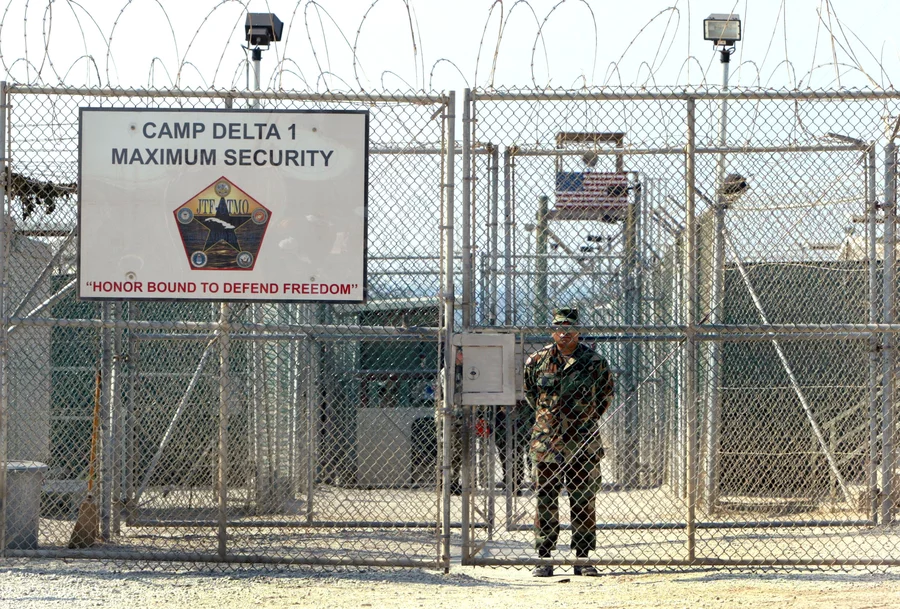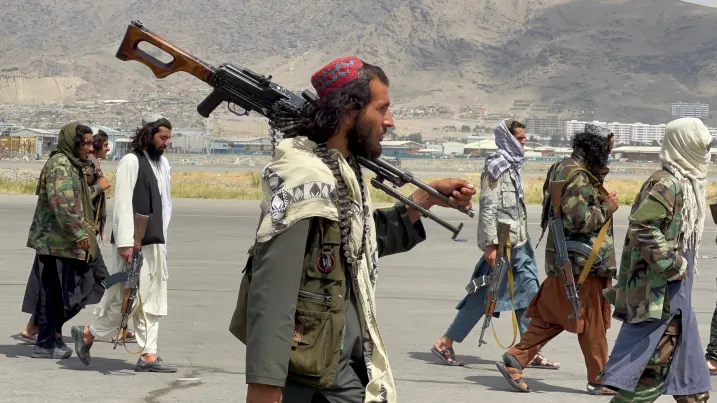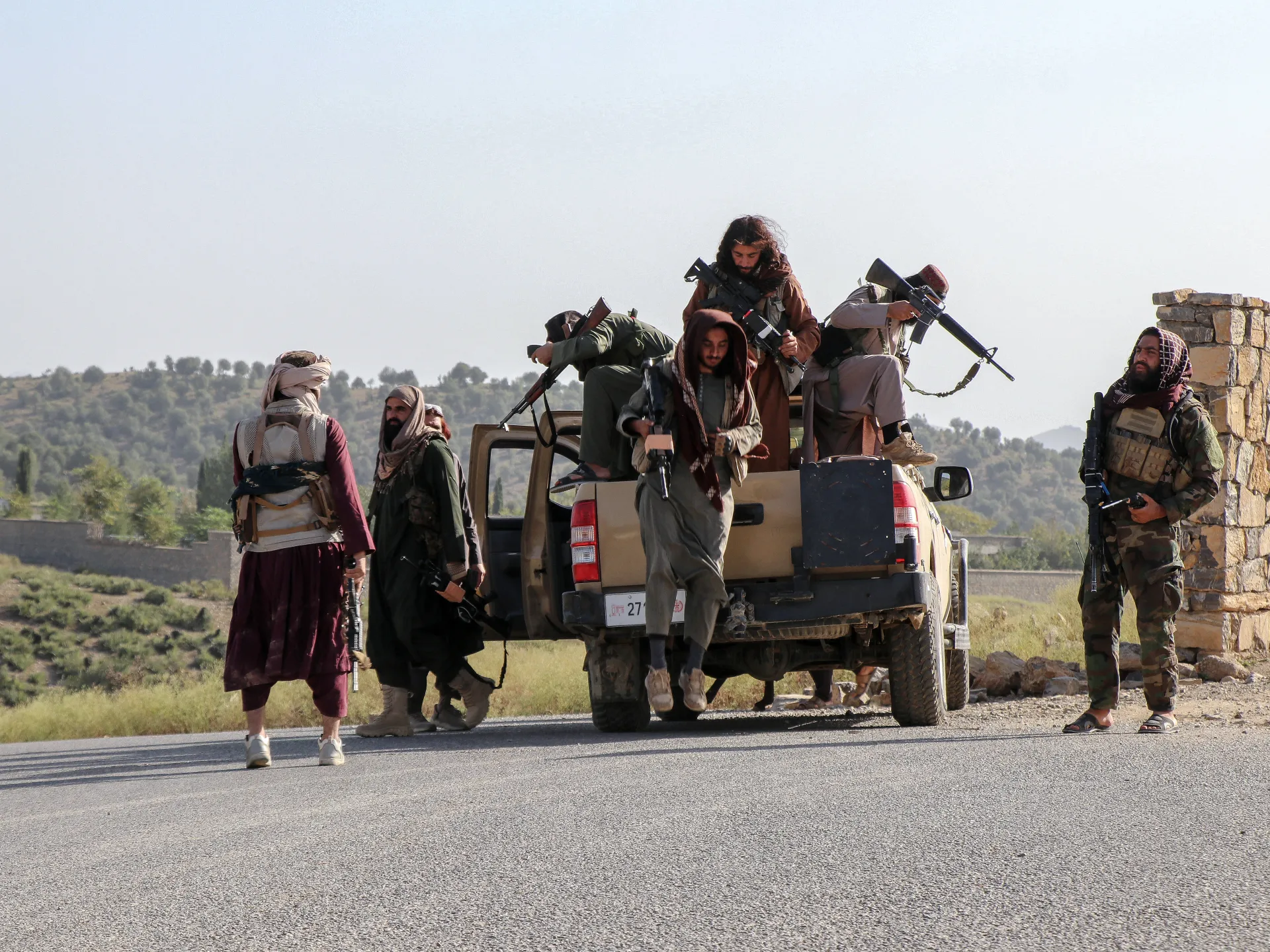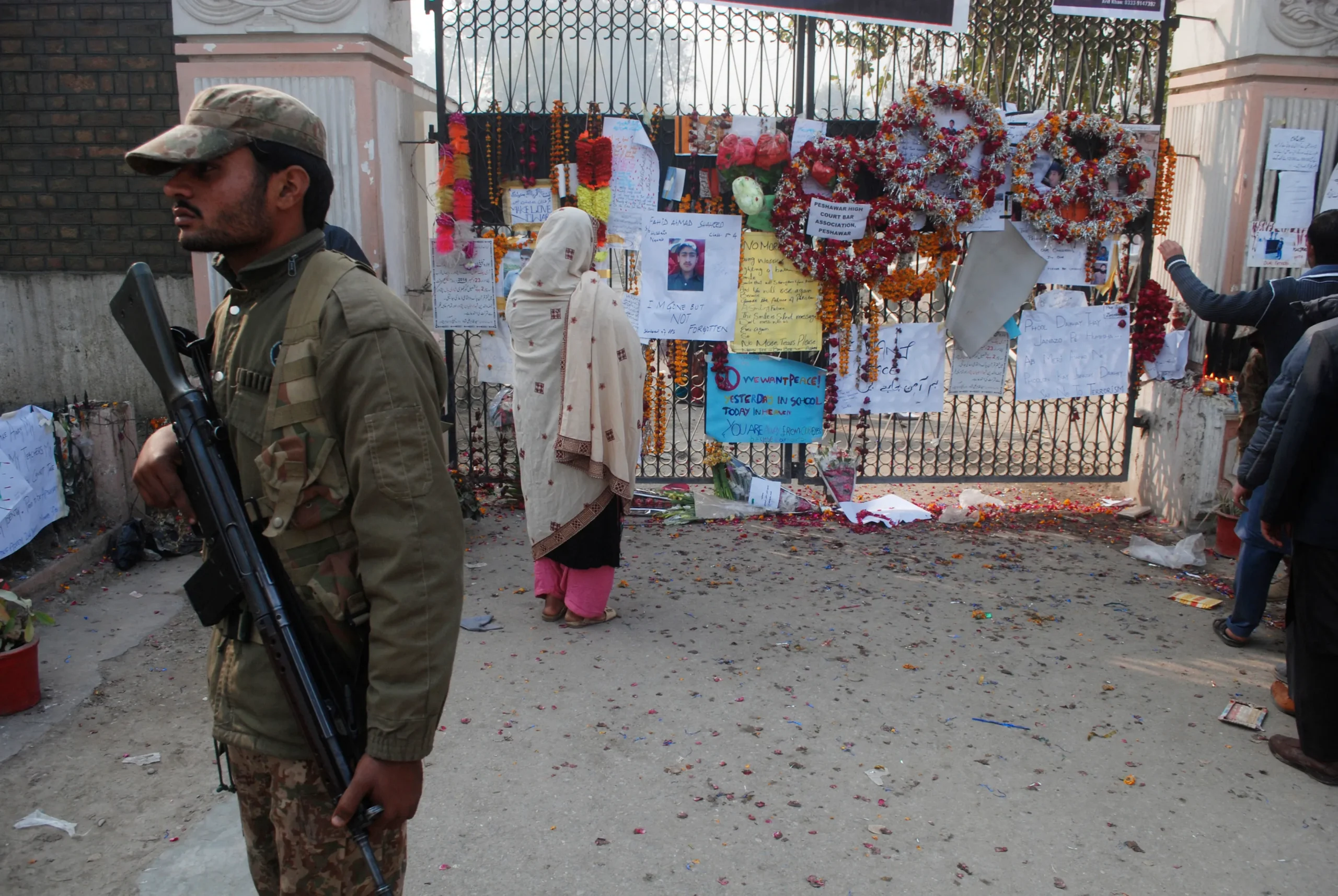On Saturday, Saifullah Paracha, a Pakistani prisoner held at the Guantanamo Bay detention facility, left the United States (US) military prison after more than 18 years and returned to Pakistan. The 75-year-old, who was the oldest of Guantanamo Bay captives, was unlawfully detained on suspicion of having connections to Al Qaeda, despite having never been charged with a crime. After more than 16 years in captivity at the US base in Cuba, his release was authorized in May of last year.
The story of Saifullah’s lengthy unreasonable detention and subsequent release symbolizes the dark legacy of the War on Terror; wherein Guantanamo in particular continues to epitomize the injustice, mistreatment, and disdain for both domestic and international law the war has entailed.
Detention, Treatment, and Trial
In the aftermath of the 9/11 attacks, the Bush administration adopted some of the most controversial counterterrorism policies whose goal was the “elimination of terrorism as a threat to our way of life”.
Among these actions was a Military Order titled Detention, Treatment, and Trial of Certain Non-Citizens in the War Against Terrorism, issued on November 13, 2001.
Speculated that the administration was then looking for a harsher alternative to the civilian justice system, Bush claimed the authority to issue the order as president by the US Constitution, and a congressional resolution passed following the attacks.
It was deemed necessary for those stipulated by the order to be detained and, when tried, to be tried for violations of the laws of war and other relevant laws by military tribunals in order to protect the US and its citizens. The individuals liable by the order included anyone who was not a citizen of the US and for whom it was determined that there was “reason to believe” that s/he was an Al-Qaeda member; had participated in, helped to conduct, or planned acts of international terrorism. Despite the perceived threat from these individuals, the order promulgated that the detainees be “treated humanely”, without discrimination based on race, color, religion, gender, place of birth, wealth, or any other similar factors.
A Legal Black Hole
Nonetheless, Guantanamo today serves as a somber reminder of the human rights violations perpetrated by the US under the garb of national security.
Numerous detainees have complained over the years that they were held without a warrant, denied due legal procedure, and subjected to severe bodily and psychological harm by their American captors—some of which amounted to torture.
Notably, the retrospective evidence of these crimes and their documentation indicates that a legal black hole was effectively sought. Firstly, the site of the detention facility itself was not to be the American mainland but Guantanamo. It was the only facility that met several requirements outlined by the US administration officials: the American naval base there was sizable, secure, and—most importantly—located abroad, where it was out of the jurisdiction of any American court. The distance from Washington DC was relatively short, making it convenient for American leaders to travel back and forth. Furthermore, the US government had complete authority and control over the territory it occupied in Cuba per the conditions of its lengthy lease.
Judge, Jury, and Executioner
The Geneva Conventions of 1949, notably the Third Geneva Convention, obligate combatants to give Prisoners of War (POWs) a minimal standard of care during conventional armed conflicts between states, including safe accommodation, sufficient food, and medical assistance. States are also prohibited from using assault, torture, or other cruel treatment against prisoners. However, the Bush administration concluded that the war against al-Qaeda did not fall under the Geneva Conventions. The term “unlawful combatants,” which is not defined in the Geneva Conventions or other treaties, was used by the administration to describe captives of al-Qaeda or the Taliban rather than POWs. The “worst of the worst” detainees who were brought to Guantanamo in the facility’s early years were later found to have little to no links to al-Qaeda or the Taliban.
In the initial stages of the US invasion, the majority of the detainees were taken prisoner in Afghanistan or near its border with Pakistan. Before being transferred to Guantanamo, several were detained and interrogated by the CIA for months or years at secret locations known as ‘black sites’.
In stark contrast with the humane treatment pledged in the Order are the allegations inextricably tied to Guantanamo of maltreatment and abuse of detainees before and during their confinement at the detention center. Many of the alleged atrocities, including torture, are claimed to have taken place during detentions by the CIA and US military, entrusted with gathering intelligence. Certain detainees further endured abusive disciplinary measures and unauthorized, “enhanced interrogation techniques” in addition to those allowed by the US Army Field Manual, compliant with the Geneva Conventions, and, among other things, forbidding employing force against captives. In negation of standard protocol, then Secretary of Defense Donald Rumsfeld in December of 2002 approved the first list of fifteen techniques that could be applied to Guantanamo detainees. These methods included the use of specific phobias (such as a fear of dogs), stress positions, light and sleep deprivation, loud noises or music, clothing removal, grabbing, pushing, and poking.
The Forever War
Although established by the US Supreme Court ruling in the 2006 case of Hamdan v. Rumsfeld, that the military commissions established by the Bush administration to prosecute detainees at Guantanamo violated both the US’s ratified Geneva Conventions and the Uniform Code of Military Justice (UCMJ); 35 prisoners remain in the facility to this day. Among those, 10 await trial while 3 are kept under indefinite detention—neither being charged by a tribunal nor being recommended for release. It is still futile to predict when the detention camp will finally close down, but by the time it does, it will have consumed not only precious years but the very humanity of hundreds of innocents that have passed through its fences during the ‘forever war’.






